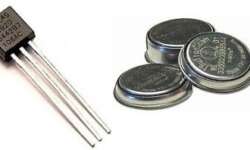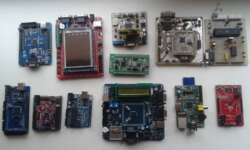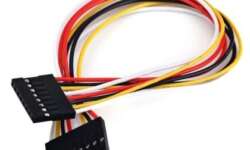Understanding Amazon FreeRTOS: Benefits and Ownership

FreeRTOS is a popular real-time operating system that is designed to run on microcontrollers and small embedded devices. It is based on FreeRTOS, an open-source operating system that has been widely used for IoT projects for many years. The popularity of FreeRTOS is due to its efficiency, portability, and ease of use in embedded systems development. However, Amazon FreeRTOS takes FreeRTOS to the next level by providing additional features and services that simplify the development and deployment of IoT devices. Amazon FreeRTOS includes features such as AWS IoT device SDK integration, over-the-air updates, and Amazon Web Services (AWS) integration.










